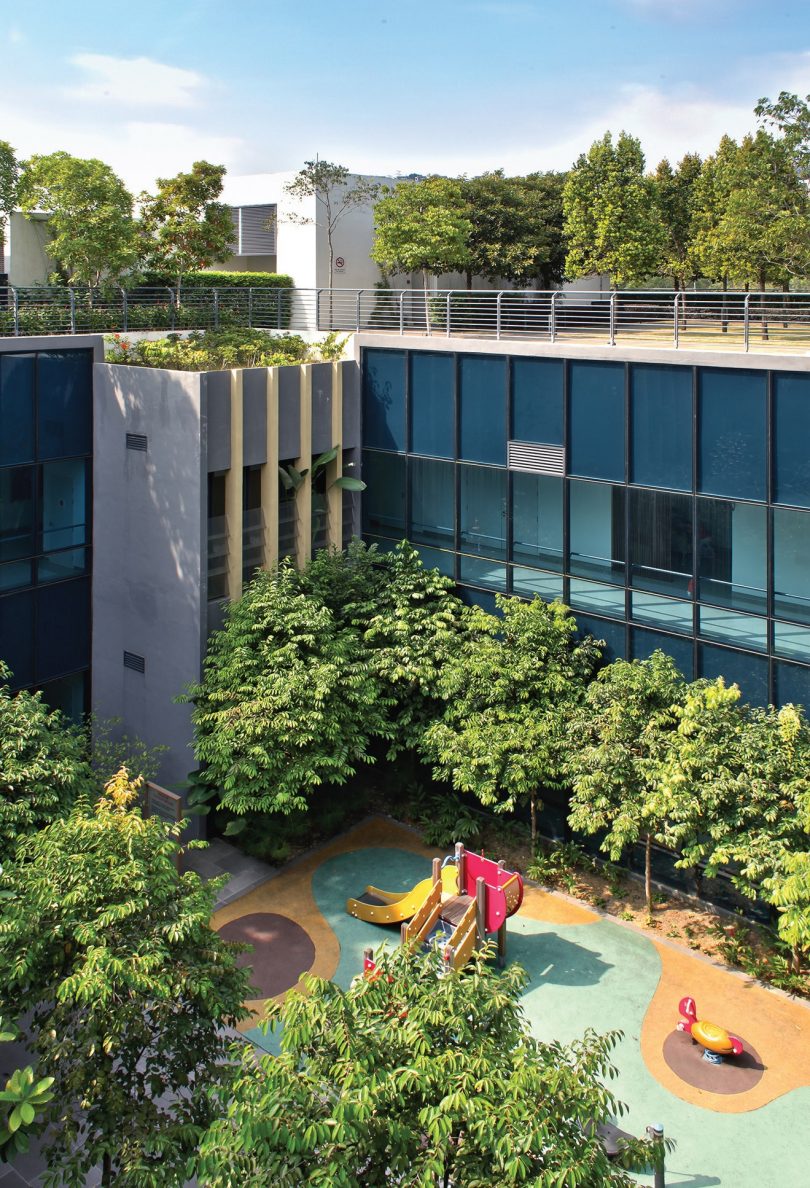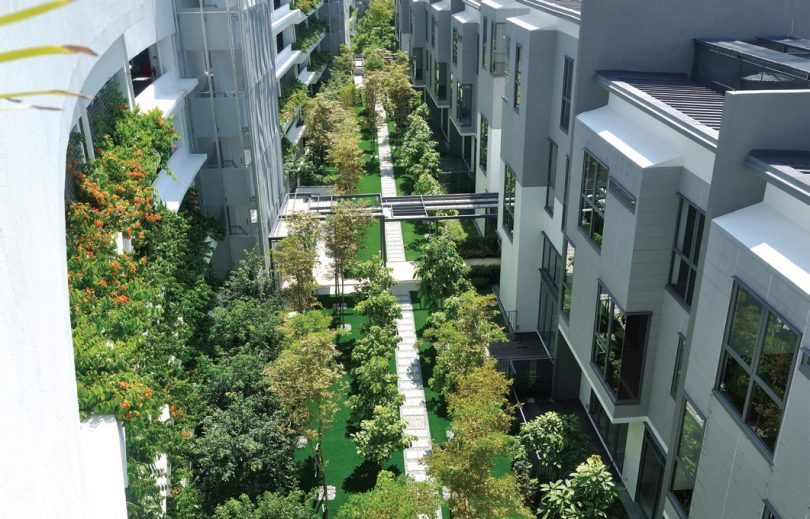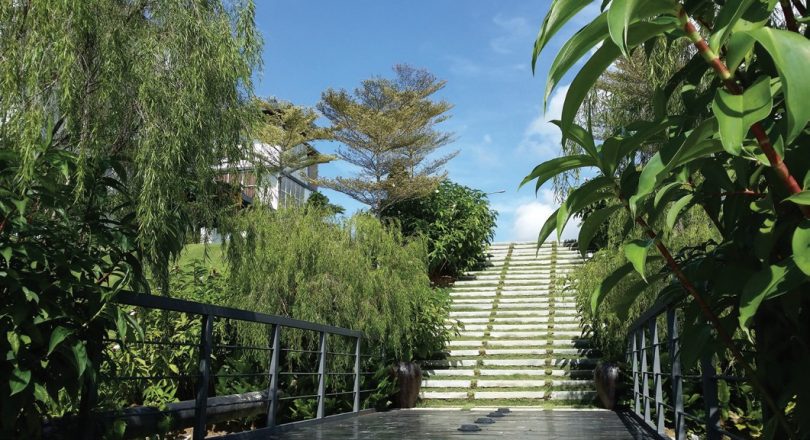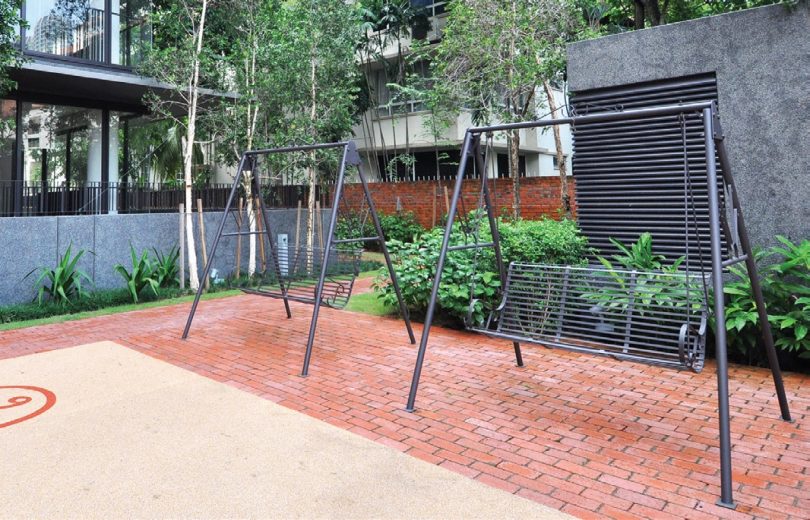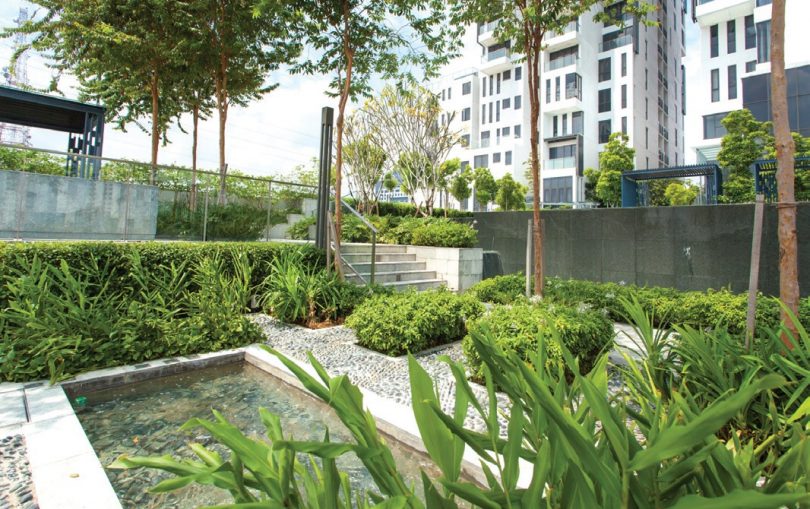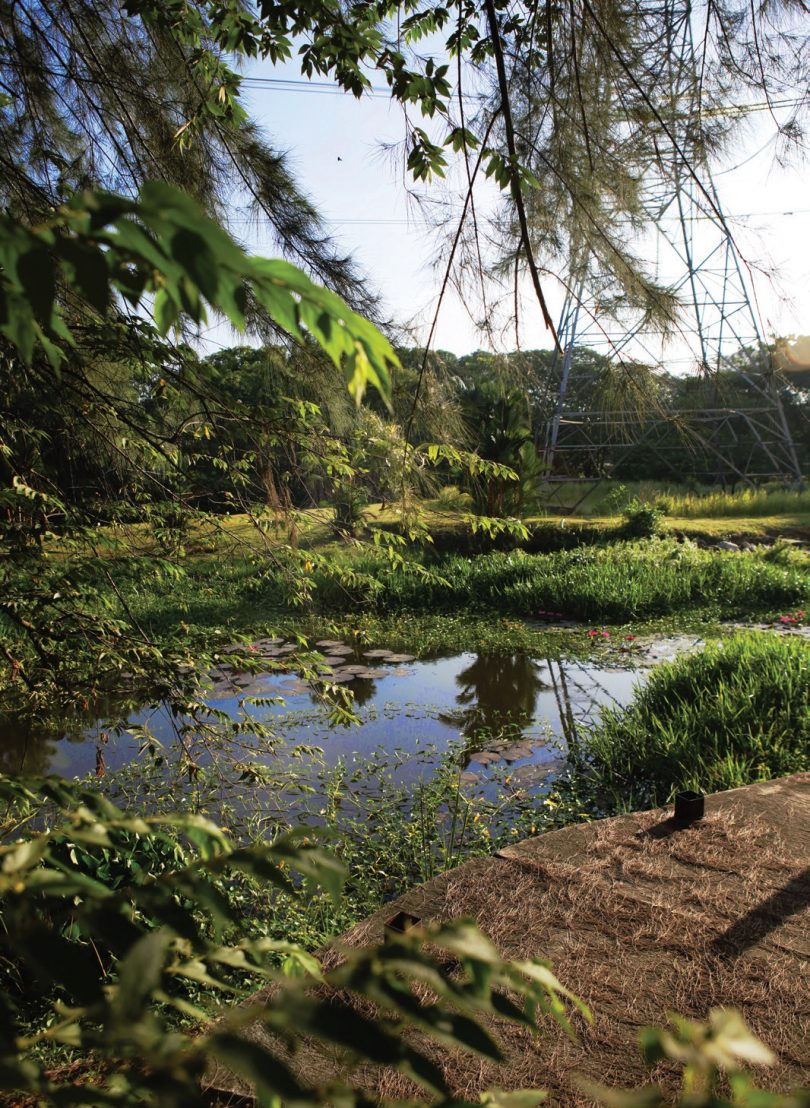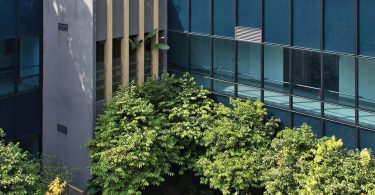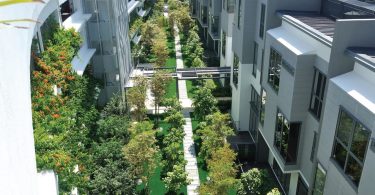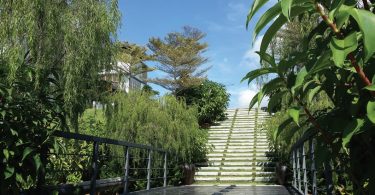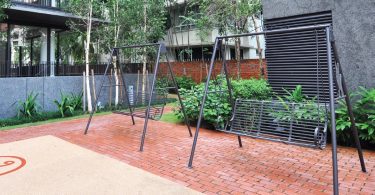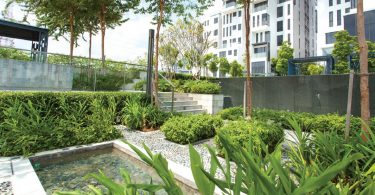Date: March 2016
Company Name: Institute of Landscape Architects Malaysia (ILAM)
The Malaysia Landscape Architecture Awards (MLAA) for the year 2015 has wrapped up, and here is a preview of what to expect for the latest landscape design trends that are inspiring the industry.
This year, a total of 130 submissions have been received across eight categories. The design trends included recreating natural environments, preserving heritage and nostalgic moments, as well as adopting a park.
Here is the top 10 list:
1. Rooftop gardens
As cities develop, the mushrooming concrete jungle has conquered urban spaces. By cleverly utilising rooftops for greenery, more Green breathing spaces can be provided for urbanites. Besides urban dwellings, hospitals and commercial spaces are also converting their once spartan roof spaces into lush oases, which include community urban farming and recreational spaces.
2. Linear functional space
Long linear spaces are becoming a new trend in landscape design. They provide uninterrupted views between straight lines of trees. Linear spaces are often associated with the building footprint in which emphasis is placed on optimising space usage and the functional aspect, especially in limited urban spaces.
3. Art is landscape, landscape is art
Sculptures and hard landscape artistic elements such as motifs, focal points and water features have become an established part of most modern landscape designs. Organic shapes give a soft touch and provide inspiration to those who appreciate fine art and human endeavours to create beauty.
4. Spaces within spaces
A secluded space, created within larger landscape spaces, provides an enclave to fit various purposes. Often, it is either a small corner or an open area screened by plants, which often creates an unparalleled ambiance for quiet reflection or relaxation.
5. Nostalgic elements
Elements or objects that seem familiar evoke feelings of nostalgia when highlighted within new landscape designs. Motifs in tiles, structures that appear similar to older heritage buildings, or retro-styled children’s swing and play equipment, are among the items that are now being used as landscape elements, especially in ultra-modern garden spaces.
6. Giving traditional objects a new breath of life
A rapidly growing trend is when antique design elements are used as part of new landscaping plans; traditional water features, tiles with traditional motifs and recycled old products or resources from construction sites are being snapped up in the race to make connections between the old world and the new.
7. Recreating waterways
Waterways provide exceptional recreational opportunities and a rich habitat for wildlife within urban spaces. Land that is not suitable for development can be utilised as waterways and act as natural retention ponds. This indirectly improves overall environment quality and elevates property values.
8. Natural cleansing
Recently, an increasing number of engineered drainage systems have been redesigned as natural swales. These areas are created to retain storm water, treated biologically by wetland plants, which can then be used for recreational and aesthetic purposes. Water can be maintained locally, rather than discharged into a nearby river or water system, and utilised for recreational purposes and as a new wildlife habitat for native and visiting species of birds and animals.
9. Go vertical
With limited green spaces in urban areas, vertical greenery has become important for high-rise development and community enclaves. Besides serving as a Green backdrop, vertical growth also provides a comfortable microclimate for the inhabitants.
10. Adopt a park
Large corporations and property developers are now adopting open spaces within city areas. The plan is to upgrade the Green spaces and make them function for the public. This corporate social responsibility (CSR) programme is a collaboration between the public and private sectors.

 Hong Kong
Hong Kong Singapore
Singapore Indonesia
Indonesia Tiếng Việt
Tiếng Việt ประเทศไทย
ประเทศไทย

